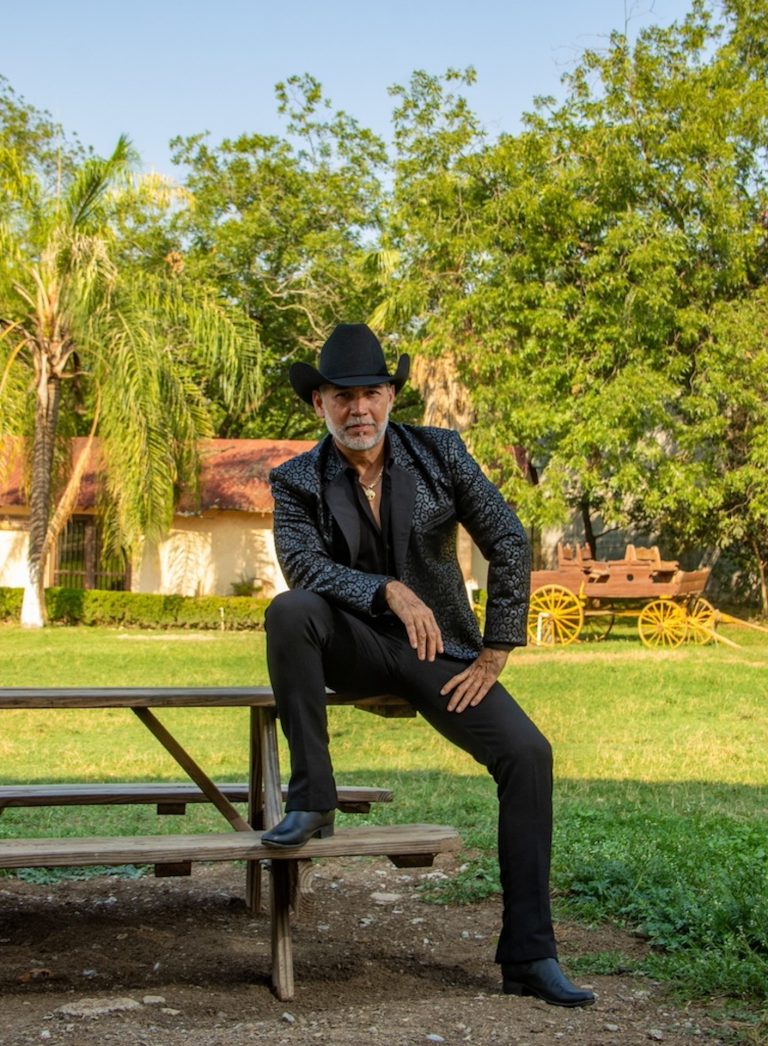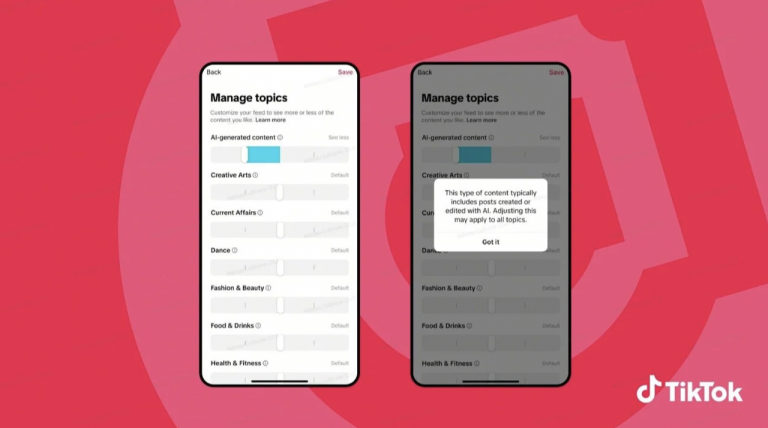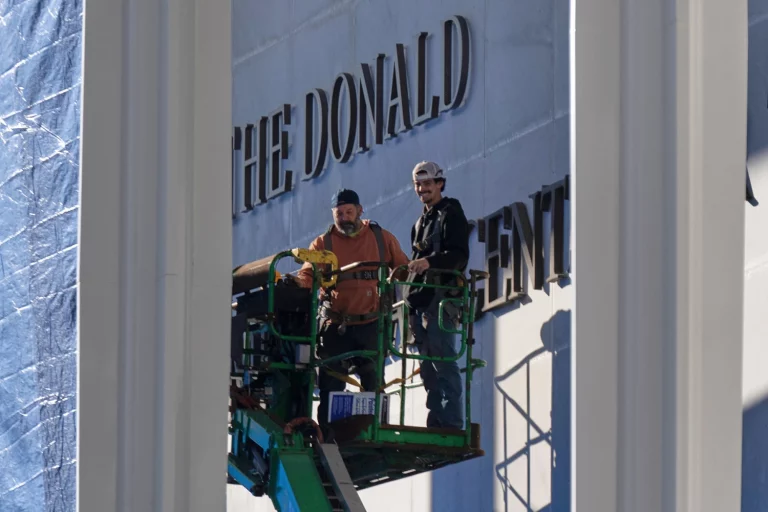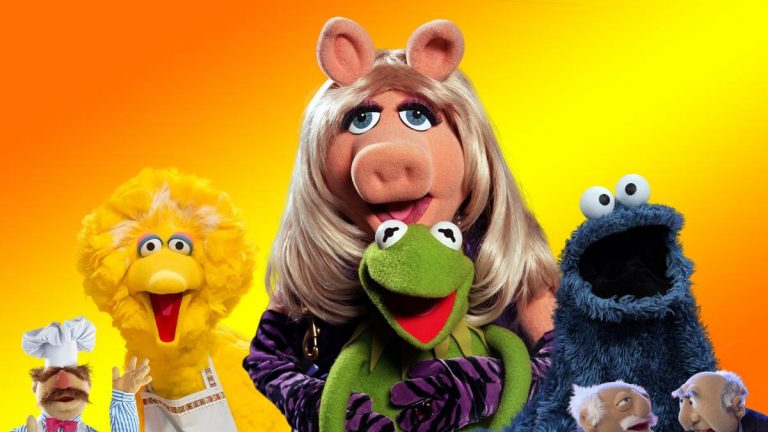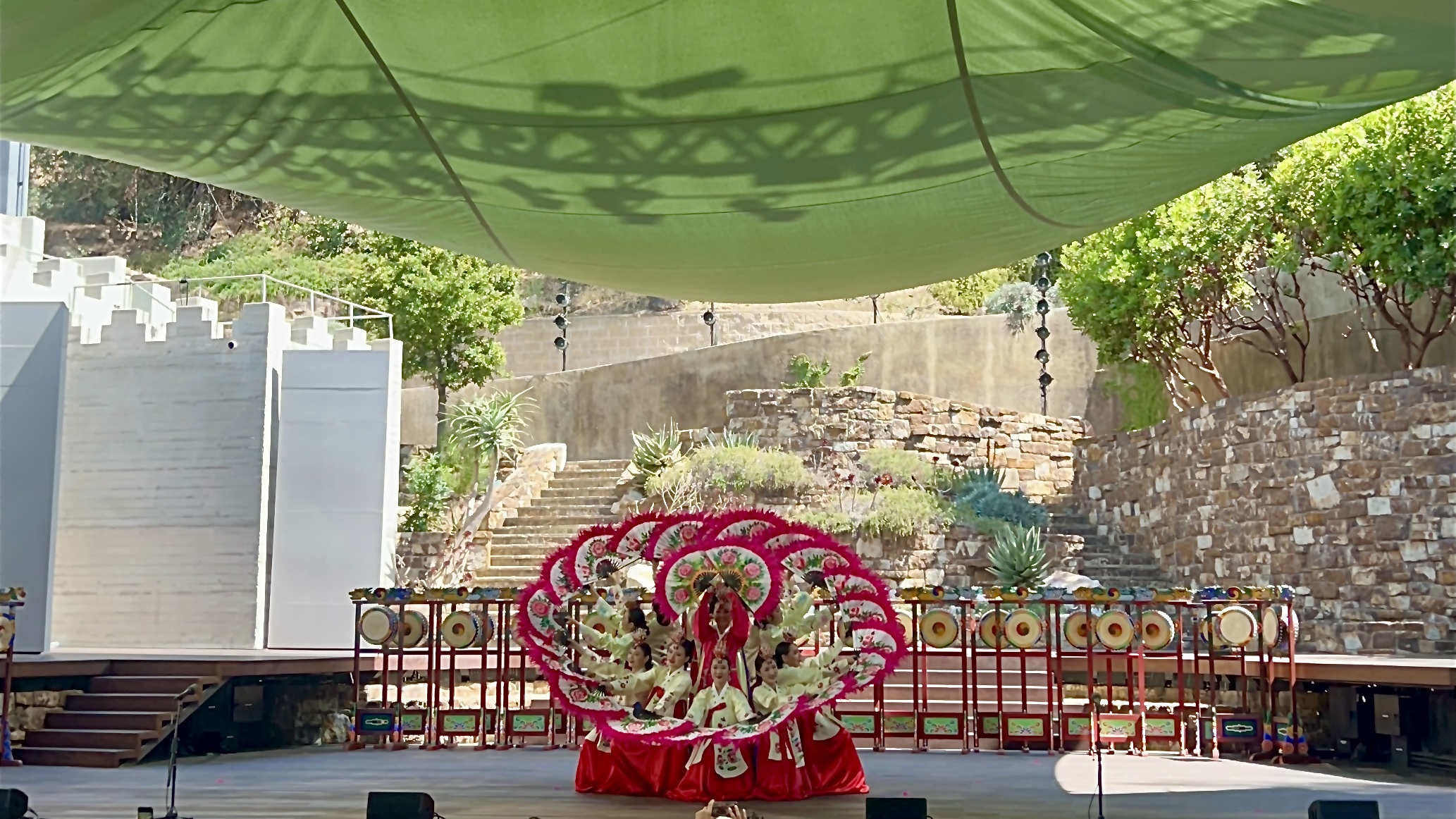
Hangawi at the Ford Theater
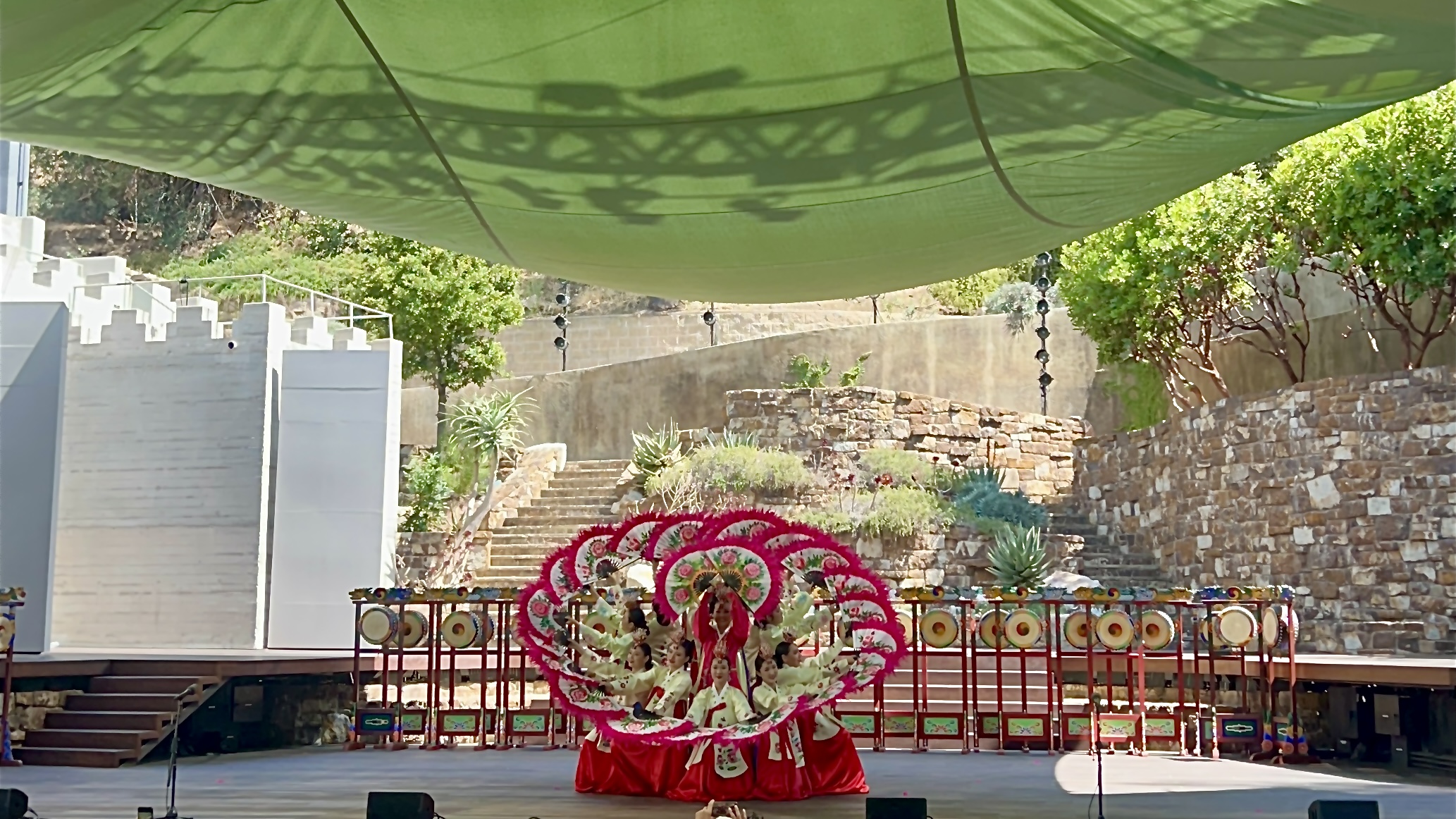
Brought to life this past Sunday, the Ford Theater opened its doors to a celebration that was as vibrant as it was heartfelt. This year’s Hangawi celebration was led by the renowned Kim Eung Hwa Korean Dance Company, who transformed the stage into a vibrant, living reflection of Korea’s treasured autumn festival.
Traditionally celebrated on the 15th day of the eighth month of the lunar calendar, Chuseok, also called Korean Thanksgiving, is one of Korea’s most important holidays, observed over a three-day span. Families gather to honor ancestors, give thanks for the harvest, and share food, dance, and music under the full moon. Also called Hangawi, the name itself carries meaning. As one of the dancers explained, “Hangawi [Han.ga.ɥi] is the expression that means mid-autumn. [Han] stands for great, large, full. [ɡa.ɥi] means middle.” It is a festival that honors abundance but also cherishes the people who make one’s life meaningful.

That spirit and meaning was woven into every performance. All the dancers moved with grace, delicacy, and precision, dressed in flowing silks of bright pinks, deep blues, and rich yellows. Each synchronized step and sweeping gesture carried centuries of tradition, yet felt alive and dynamic in the present. Their costumes did not overshadow the dances but enhanced them, drawing the audience into quiet appreciation of the craftsmanship details that revealed generations of history and artistry.
The music, shifting from soft and calming melodies to lively rhythms to determined beats, featured a variety of traditional Korean wind instruments and percussion. One of the most anticipated performances, the Three Drum Dance, had the audience fully absorbed not only by the synchronized rhythms, but by the effortless way the dancers combined drumming in perfect unison with intricate movement. This blended athleticism, rhythm, and elegance into one unforgettable moment.

Audience members, which consisted of families, students, and art lovers, watched in awe, not wanting to miss any detail whether it was the turning of a fan, a ripple of a sleeve, or a strike of the drum. The children, in particular, leaned forward with their mouths open and a wide-eyed curiosity as the stage came alive before them.
The program offered more than a performance, it was an immersive cultural experience. Before the show, guests were invited to join interactive activities that taught and connected them with Korean traditions. One of the most popular activities was the crafting of a buk, a traditional pellet drum. Using paper plates, wooden sticks, beads, and string, children and adults made their own miniature instruments, proudly carrying them into the theater.
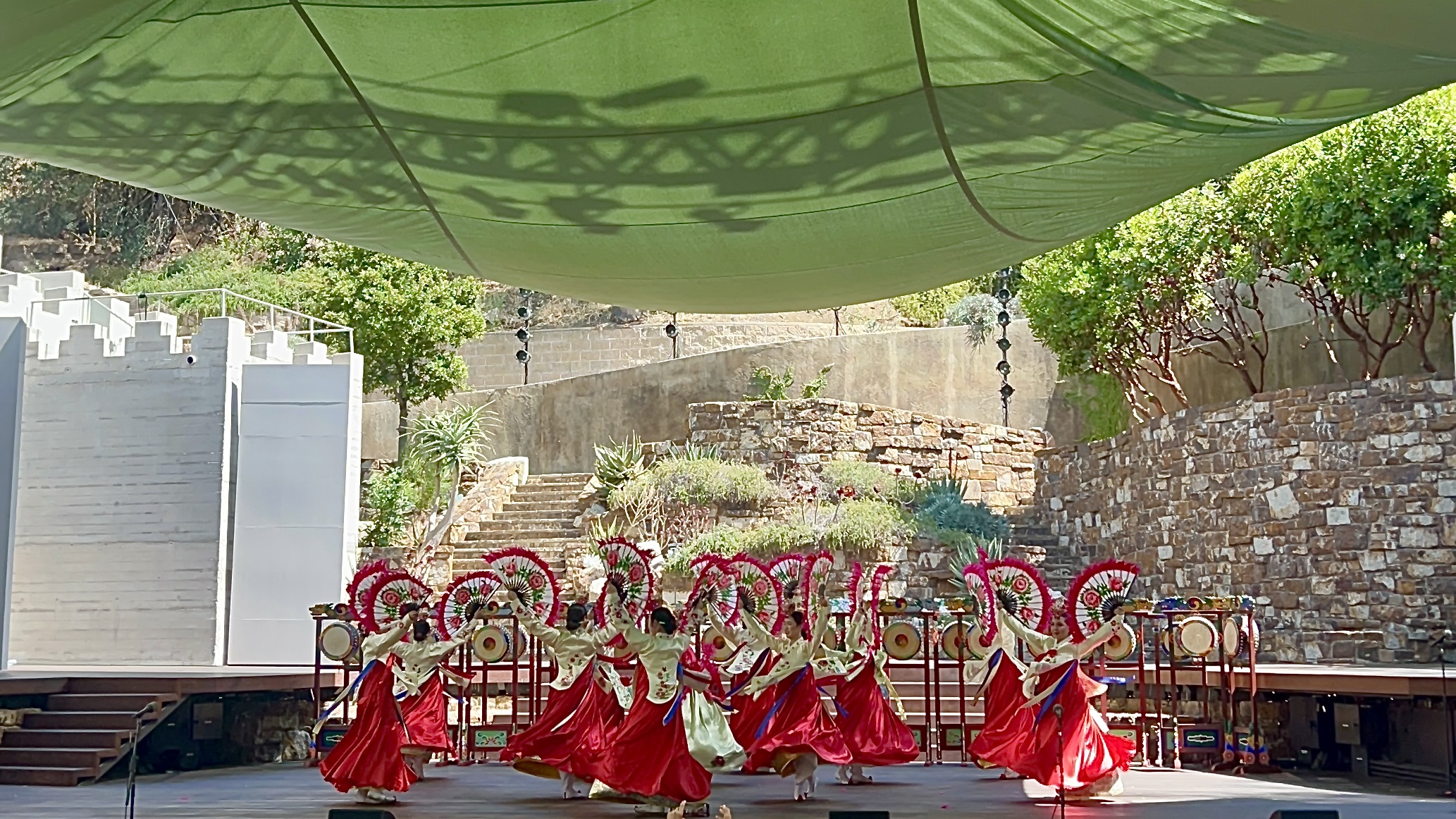
The performers were made up of different ages. From playful dances performed by children to the elegance of the Flower Crown Dance and the powerful drum performances, the program balanced energy with reflection, weaving together the past and present, the stories of harvest, gratitude, and community. The entire flow of the show felt meditative, each piece giving way naturally to the next.
To finish the show, the dancers performed Ganggangsullae, where women joined hands in a circle, singing and moving together, celebrating the harvest. As one of Korea’s oldest folk dances, Ganggangsullae served as a powerful farewell and reminder of how deeply this event honors tradition and origin.

Photographer: Cynthia Hernandez, “All Performers Closing with Ganggangsullae at the Ford Theater,” 2025.
Hangawi at the Ford Theater was more than a cultural showcase, it was a celebration of heritage, family, and togetherness. No matter one’s age or background, everyone left with a sense of connection to the season, to Korean culture, and to one another.


